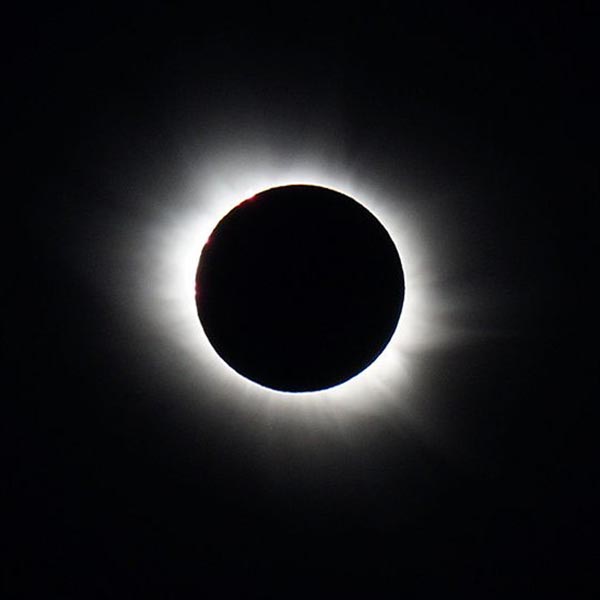Solar Saros 120 on:
[Wikipedia]
[Google]
[Amazon]




 The
The
Saros cycle 120 - Information and visualization
{{Solar eclipses Solar saros series




 The
The Saros cycle
The saros () is a period of exactly 223 synodic months, approximately 6585.3211 days, or 18 years, 10, 11, or 12 days (depending on the number of leap years), and 8 hours, that can be used to predict eclipses of the Sun and Moon. One saros perio ...
series 120 for solar eclipse
A solar eclipse occurs when the Moon passes between Earth and the Sun, thereby obscuring the view of the Sun from a small part of the Earth, totally or partially. Such an alignment occurs during an eclipse season, approximately every six mo ...
s occurs at the Moon's descending node, repeating every 18 years, 11 days, containing 71 events. 55 of these are umbral eclipses. The series started with a partial solar eclipse on May 27, 933 AD, and transitioned into an annular eclipse on August 11, 1059. It was a hybrid event for 3 dates: May 8, 1510, through May 29, 1546, and are total eclipses from June 8, 1564 through March 30, 2033. The series ends at member 71 as a partial eclipse on July 7, 2195. The longest duration of totality was 2 minutes, 50 seconds on March 9, 1997. All eclipses in this series occurs at the Moon's descending node.
Umbral eclipses
Umbral eclipses (annular, total and hybrid) can be further classified as either: 1) Central (two limits), 2) Central (one limit) or 3) Non-Central (one limit). The statistical distribution of these classes in Saros series 120 appears in the following table.Events
References
* http://eclipse.gsfc.nasa.gov/SEsaros/SEsaros120.htmlExternal links
Saros cycle 120 - Information and visualization
{{Solar eclipses Solar saros series